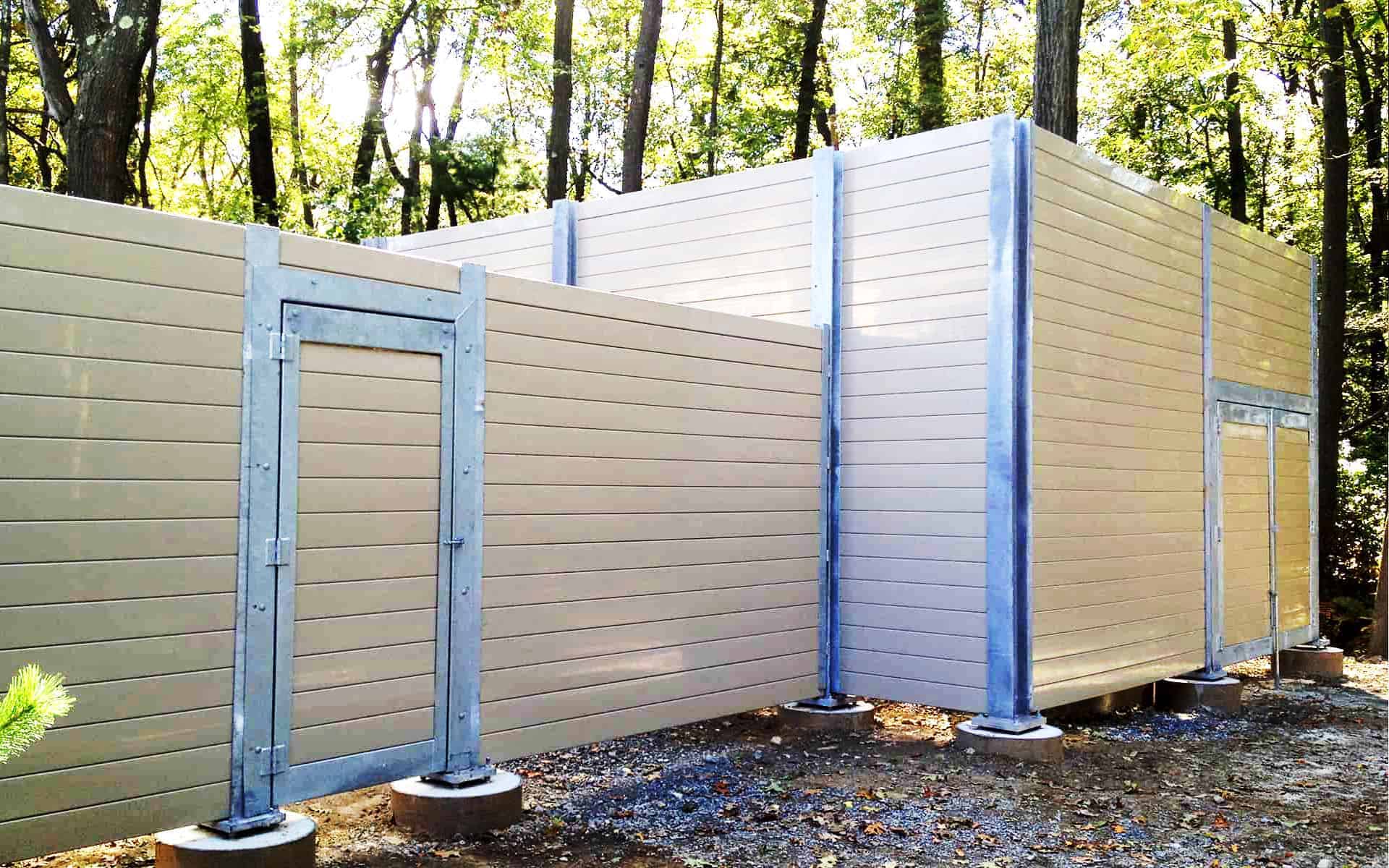
Many people take noise control for granted. We just know that the doctor’s office seems quiet or the grocery store seems noisy. We fail to realize there is science behind the design of certain buildings. This is done to dampen the ambient noise of the structure and create quiet workspace. Noise levels are critical for situations in which confidentiality is key to business operations. This might include law offices, doctor’s offices, as well as, hotels. How can sound problems be addressed for your business? With acoustic engineering companies like IES-2000.
The Science of Sound
Audiology is an important component to many different businesses for various reasons. Construction site noise may interfere with indigenous wildlife, local businesses, and airports. They may be required to address the noise in accordance to local laws. For schools, it is important to create a quiet place where students can work without noise distractions from outside the building. The same can be said for hospitals. Patients need to be able to relax and rest, while recovering from illness or surgery. Let IES-2000 and our acoustic engineering consultants help with noise control for your business.
The various components of sound are listed below:
- Sound Propagation
- Signal Loudness
- Sound Absorption
Sound Propagation
In order for a sound to be generated it needs three different things.
- Source
- Medium
- Receiver
When thinking of noise control for offices in which speech is confidential those three things are simple to define. The source would the voice, the medium is air, and the receiver is another person’s ear. The vocal cords vibrate which creates the sound which the mouth and tongue shape into intelligible words.
Signal Loudness
The definitely of loudness is the strength of the sound signal. Wavelengths of sound effect the loudness. Low-frequency sound has a much longer wavelength than high pitched sound. If we imagine a piano, the lowest keys generate a wavelength of 20 cycles per second. In contrast, the highest keys generate a wavelength of 4,600 cycles per second.
Sound Absorption
Noise control consultants work to conceptualize designs which would absorb sound or dampen noise. The definition of sound absorption is when a sound hits a specific material, the noise is not reflected. This is done in a variety of ways. By using different building materials, sounds can be more easily controlled. Painted concrete is a great barrier to sound but will reflect the vast majority of it. While an open window is a great sound absorber because the sound source passes through, it is a terrible sound barrier.
A leader among acoustic engineering companies, IES-2000 is here to help. At IES-2000, our noise control consultants can assess your situation and offer excellent solutions to your noise problem.
